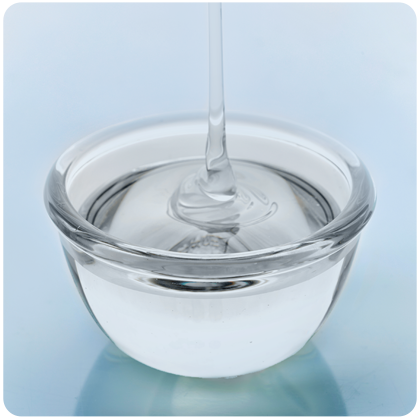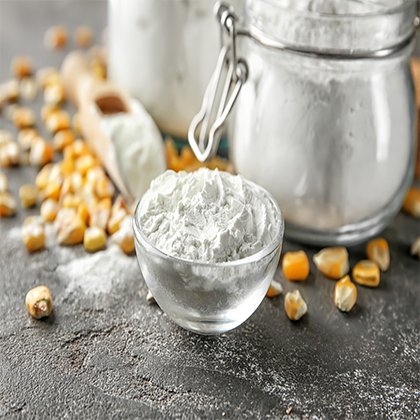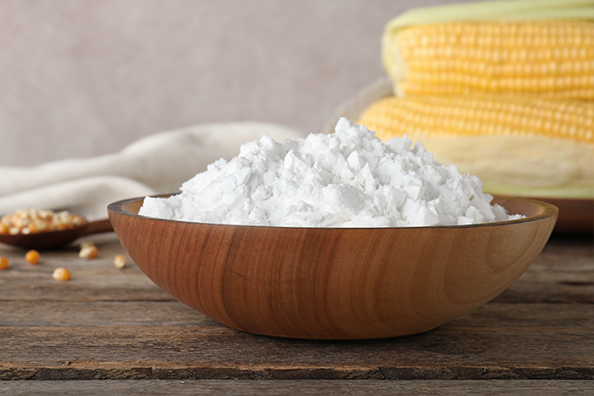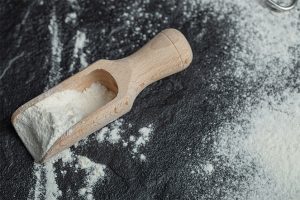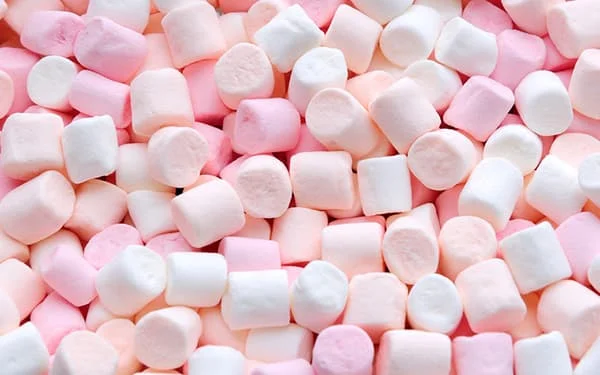Application of High Fructose Corn Syrup in Food Industry
Beverages
Fructose syrup is commonly used as a sweetener in the formulation of beverages (sodas, juices, energy drinks, beers, etc.) in many countries. Fructose syrup has following advantages in beverage industries:
• Having high purity compared to other sugars and high color stability;
• Intensifying fruity aroma and taste;
• Providing sweet taste in drinks and nectars;
• Cost-effectiveness and ease of use, which saves time, labor and energy consumption due to the elimination of time-consuming sugar syrup preparation steps;
Processed Fruits ( jam and compote )
Fructose and glucose are natural sugars that are found in most fruits. Fructose syrups are widely used in most fruit containing products such as jams and compotes which provide the following technological advantages:
• Reducing water activity and increasing the shelf life of jams;
• Balancing the osmotic pressure in beverages containing fruit pieces;
• Preventing crystal formation in jams;
• The ability to intensify the natural taste of fruits and improve the taste of fruit containing products;
• Improving the rheological characteristic of compotes;
Bakery and Confectionery Products
Glucose and fructose monosaccharides are highly fermentable sugars that are consumed by yeasts in the bakery products to produce CO2 and aerate the dough. On the other hand, by participating in non-enzymatic browning reactions (Maillard), these reducing sugars play an important role in creating color and flavor during the cooking process. Application of these syrups in bakery products has the following advantages:
• Increasing fermentation rate;
• Increased browning reaction through Maillard reaction;
• Retention of moisture and maintaining the freshness;
• Increasing osmotic pressure and preventing microbial spoilage;
• Improving bread’s texture;
• Improving the color of the products;
Ice Cream and Dairy Products
In addition to providing sweetness, HFCS contributes in other functional properties such as control of crystallization and exerting fruit flavor in dairy products. Application of these syrups in dairy products has the following advantages:
• Reducing the freezing point of ice cream and producing a final product with a softer texture and greater scoop-ability;
• Preventing the formation of large ice crystals, crystallization of lactose, and sandiness in ice creams;
• Preventing the formation of hard and undesirable texture in ice creams containing high amounts of sucrose and cocoa;
• Ease of use compared to sucrose;
Sauces and Seasonings
Beside the sweetness, the sweetener used in the formulation of sauces plays an important role in improving the texture of the product. Due to the liquid nature of HFCS, it is possible to add it in the last steps of preparation. Followings are the technological advantages of HFCS in sauces:
• Preserving the aroma and taste of sauces (do not have the masking effect on the aroma and taste);
• Improving the texture and addition of gloss to the final product;
• Ease of use and cost-effectiveness;
Corn Syrup F10
This syrup contains lower amount of fructose monosaccharide (10%), therefore lower sweetness and higher viscosifying effect compared to other fructose syrups. F10 can have following applications:
• Improving baklava flavor and texture (Turkish and Arabic baklava);
• Production of Halva;
• Production of fillings and tarts.
Corn Syrup F20
This syrup contains 20% fructose monosaccharide based on its dry matter and therefore has a higher sweetness than F10 while its viscosity is slightly lower. This syrup is usually applied in the following applications:
• Providing a mild sweetness and high brightness in jams and jellies;
• Providing a mild sweetness in halva, nougat and glaze;
• Formation of soft texture and prevention of sandiness in ice cream;
Corn Syrup F30
This sweetener possesses a pleasant and mild sweetness. It is mostly used in jam production industry due to its advantages of providing a mild sweetness and improving the texture and shininess of the product. Followings are the applications of this syrup:
• Production of jams, marmalades and compotes by providing a good organoleptic property;
• Production of biscuits and sweet bread;

